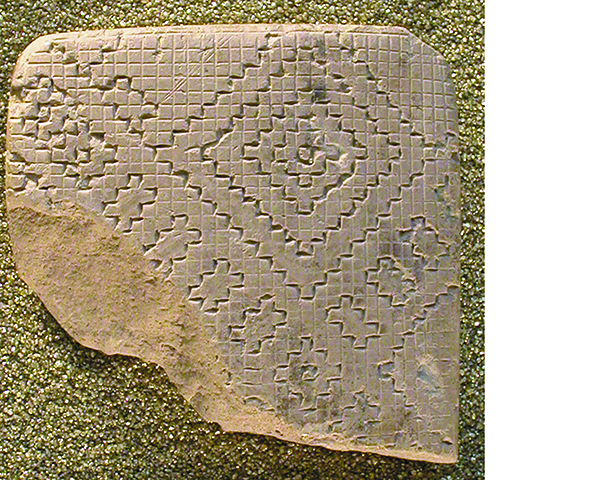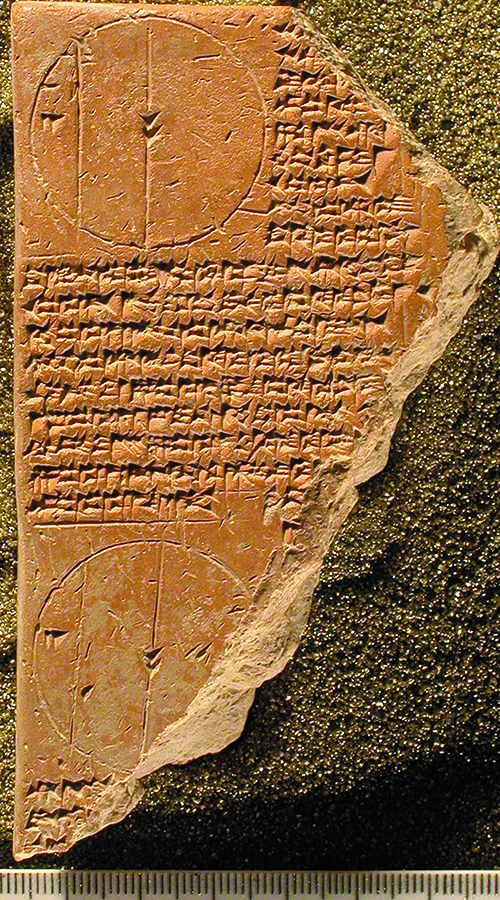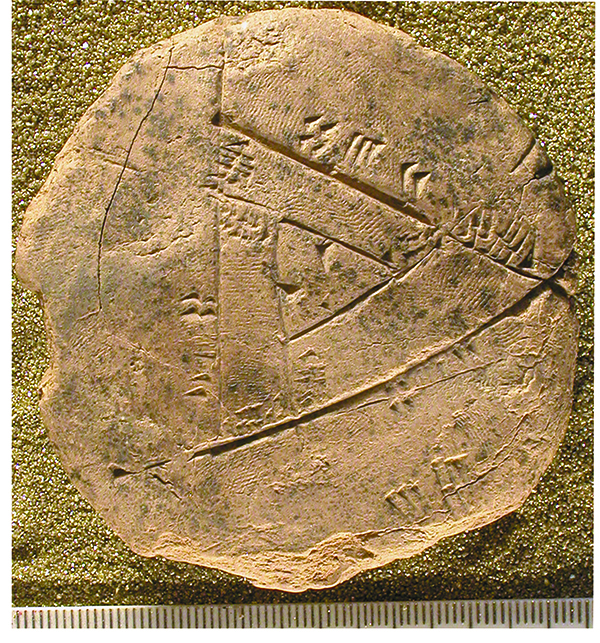- About MAA
- Membership
- MAA Publications
- Periodicals
- Blogs
- MAA Book Series
- MAA Press (an imprint of the AMS)
- MAA Notes
- MAA Reviews
- Mathematical Communication
- Information for Libraries
- Author Resources
- Advertise with MAA
- Meetings
- Competitions
- Programs
- Communities
- MAA Sections
- SIGMAA
- MAA Connect
- Students
- MAA Awards
- Awards Booklets
- Writing Awards
- Teaching Awards
- Service Awards
- Research Awards
- Lecture Awards
- Putnam Competition Individual and Team Winners
- D. E. Shaw Group AMC 8 Awards & Certificates
- Maryam Mirzakhani AMC 10 A Awards & Certificates
- Two Sigma AMC 10 B Awards & Certificates
- Jane Street AMC 12 A Awards & Certificates
- Akamai AMC 12 B Awards & Certificates
- High School Teachers
- News
You are here
Mathematical Treasure: Babylonian Scribal Exercises
Thousands of clay cuneiform tablets have been excavated in the Middle East. For many years such collections languished, awaiting appropriate scholarly attention. However, within the last decade much progress has been made in understanding the information contained on these artifacts. Jöran Friberg, mathematician and Mesopotamian scholar, presently Professor Emeritus at Chalmers University of Technology, Sweden, has produced a series of popular publications that greatly clarify the mathematical ability and procedures of ancient Babylonia. In particular, his Remarkable Collection of Babylonian Texts (2007) opened the curtain on a better understanding of the ancient mathematics of the Middle East. Professor Friberg has kindly made some of his personal images of Old Babylonian mathematical work available to Convergence. The following problem inscriptions were, most probably, scribal exercises.

Given a square with diagonals inscribed in a circle, the student scribe was required to find the area of a quarter of the circle and a quarter of the square.

Arrays of squares were a popular geometric theme in Old Babylonian culture. Here, in a connection between decorative art and geometry, a pattern was superimposed on a dense grid of lines. The finished design may have been intended for a tiled floor or a woven fabric.

It has been determined that this tablet originally contained sixteen exercises. In the one still visible, the scribe was given the task of finding the length of a chord in a circle. The diameter of the circle is given as 20 units and the sagitta of the small segment as 2 units.
Here the student scribe was given an equilateral triangle with a smaller one inscribed in it. The side lengths of both triangles was provided and the scribe was required to find the area bounded between the triangles. In his solution, he considered the sought after area to be composed of a chain of three congruent trapezoids. He found the area of one trapezoid and computed the desired area. How would you do this problem?
Further information and images can be obtained from Jöran Friberg’s books and publications. In particular, see reviews in Convergence of three of Friberg's recent books:
- Unexpected Links between Egyptian and Babylonian Mathematics (2005) (another review in MAA Reviews),
- Amazing Traces of a Babylonian Origin in Greek Mathematics (2007), and
- A Remarkable Collection of Babylonian Mathematical Texts: Manuscripts in the Schøyen Collection of Cuneiform Texts I (2007).
Frank Swetz (Pennsylvania State University), "Mathematical Treasure: Babylonian Scribal Exercises," Convergence (August 2013)





